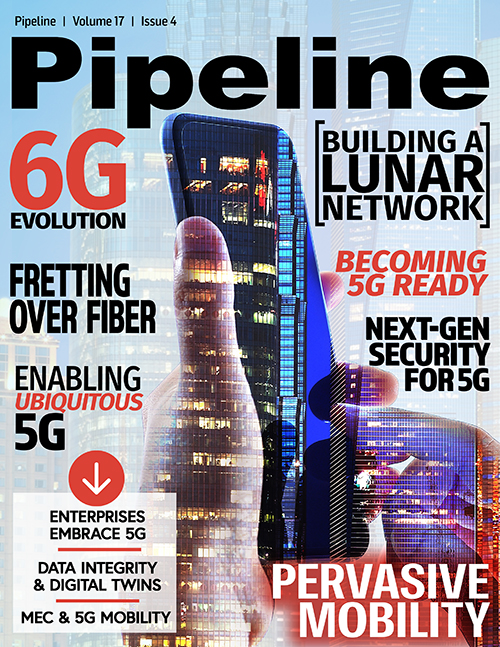The Evolution to 6G
On-board metering
While the focus in the above sections was on reduction of energy consumption, the telecommunications industry should also be looking at operations, and in this regard specifically at measurement of energy consumption in every part of the network. This is fundamental in order to control and reduce the energy consumption overall. It helps with identification of energy-intensive areas of the network to optimize them. Network operators require data metering in the broadest sense, for example in all the technical elements they operate. This data could thus be fed back, allowing operators more complete optimization possibilities for temperatures, fuel consumption, air-conditioning power consumption, photovoltaic power generation, and more.
The adoption of green techniques, including a common methodology for end-to-end life cycle analysis and eco-design of products, will take time. Therefore, the goal should not be specifically looking at 5G for realization of all the above-mentioned features and recommendations but be generation-agnostic in the sense of being forward-looking enough to be applicable as we move towards 6G, too.
6G vision and drivers
Experience shows that a mobile network generation typically needs eight to ten years from design, standardization, and development, to commercial availability and deployments, although we are getting faster and faster. Hence, it is not too early to start work on 6G. However, the telecommunication industry needs to improve inclusion of users and their needs when establishing requirements for a new generation. In short, we need to consider societal needs and operational requirements. The industry will require early and timely direction for global 6G activities, which will develop the mobile network technology representing a future evolution of networks and services. In addition, operators are in a unique position to engage with end users, including in vertical industries as well as in user groups representing societal needs.
Operators’ views should be emphasized and represented by identifying a set of high-level business drivers, including social responsibility aspects and operational aspects required by mobile network operators and developing requirements by taking a customer-centric view.
The focus needs to be first on understanding drivers and developing a vision for 6G. For this it is very important to initiate a dialogue with different organizations representing societal and user groups.
It will be important to identify how digitalization can benefit them in every aspect, including environmental considerations. Further, social challenges that the United Nations’ Sustainable Development Goals (UN SDGs) have identified will be considered as drivers for 6G. Starting with vision and drivers, use cases and end-to-end system requirements for 6G will follow. Actively engaging with different stakeholders, monitoring external 6G activities and facilitating bilateral exchange with the wider ecosystem at the right time will drive the successful implementation of 6G.
Industry-wide collaboration
The NGMN Alliance has provided industry-wide guidance on 4G and 5G, supporting global alignment as well as ensuring that next-generation mobile networks meet the ecosystem requirements and, ultimately, satisfy customer demand and expectations. NGMN is dedicated to once again providing impactful guidance to the industry for the development of the next generation, 6G. NGMN’s 6G Vision and Drivers project, launched in October 2020, intends to provide such guidance beyond 5G and into the realm of 6G.
As it continues to support implementations and further development of 5G to maximize the benefit of its potential, NGMN’s goal is to remain at the forefront of mobile network technology requirements. It is therefore essential to start anticipating the future societal needs and define the drivers for mobile communications. As a result, the NGMN Alliance’s Green Future Networks project is not specifically looking at 5G to meet sustainability goals but is already considering the potential of 6G to help achieve a greener future for telecommunications.
Alongside network operators, vendors, and research associations, NGMN has set the requirements of 4G and 5G and will continue to provide guidance for the next generation of mobile networks with 6G on the horizon. In this context, NGMN will also facilitate an information exchange within its internal partnerships and relevant external stakeholders.



















